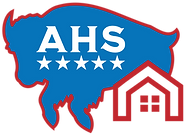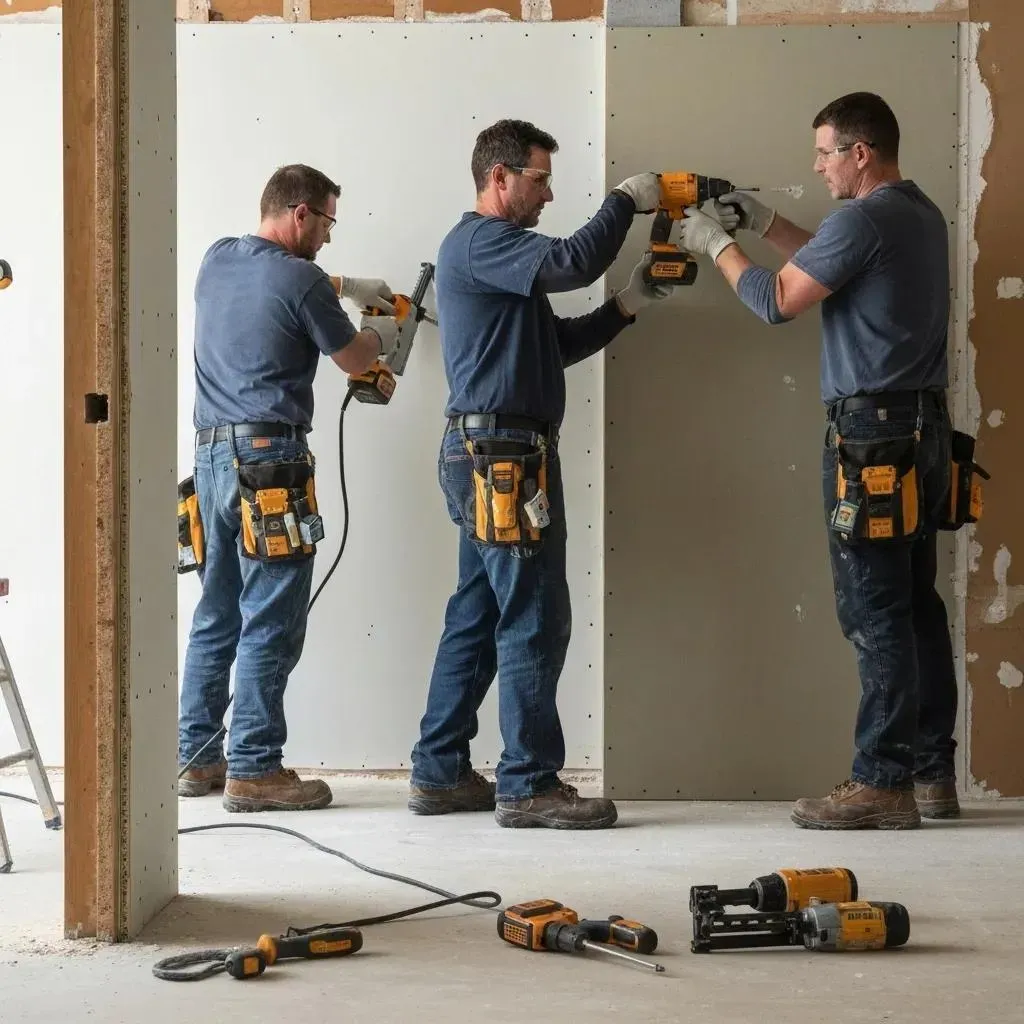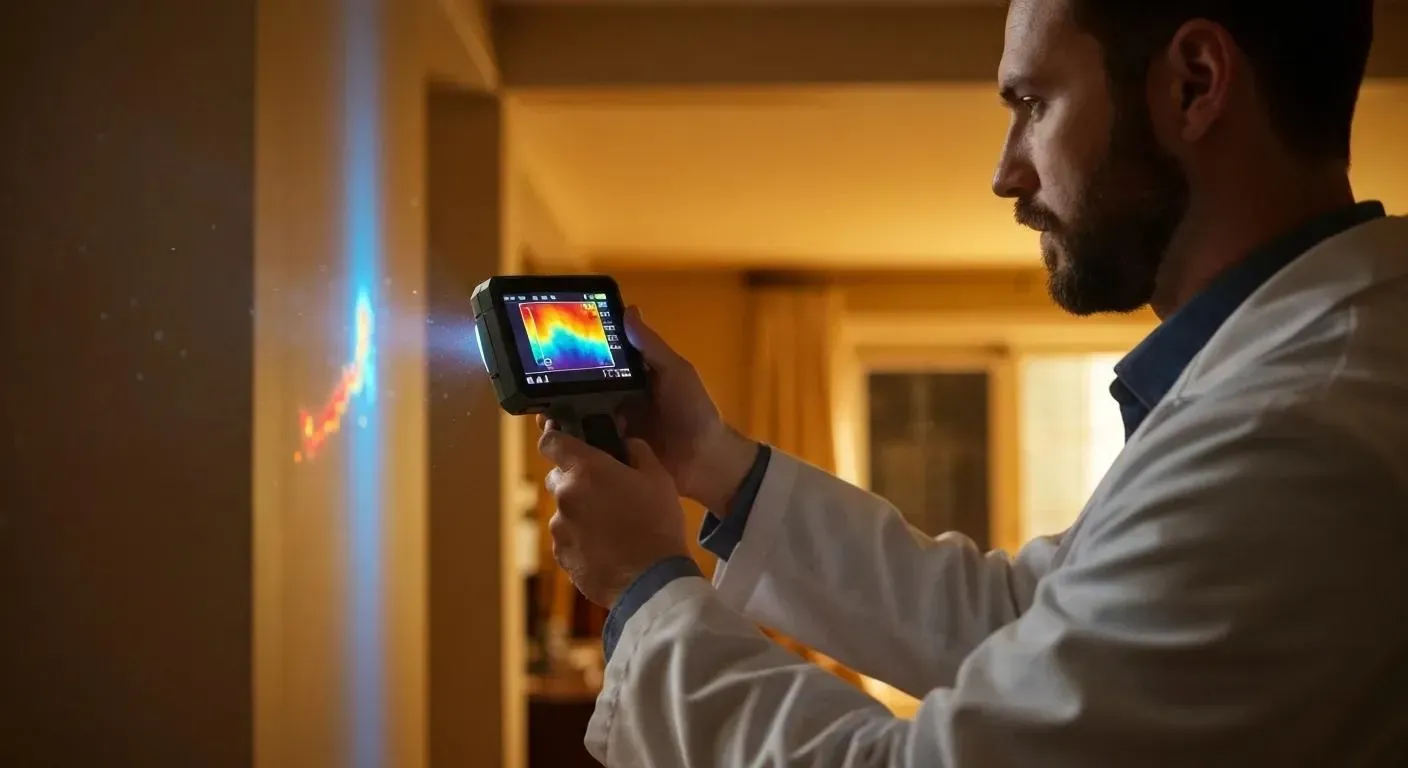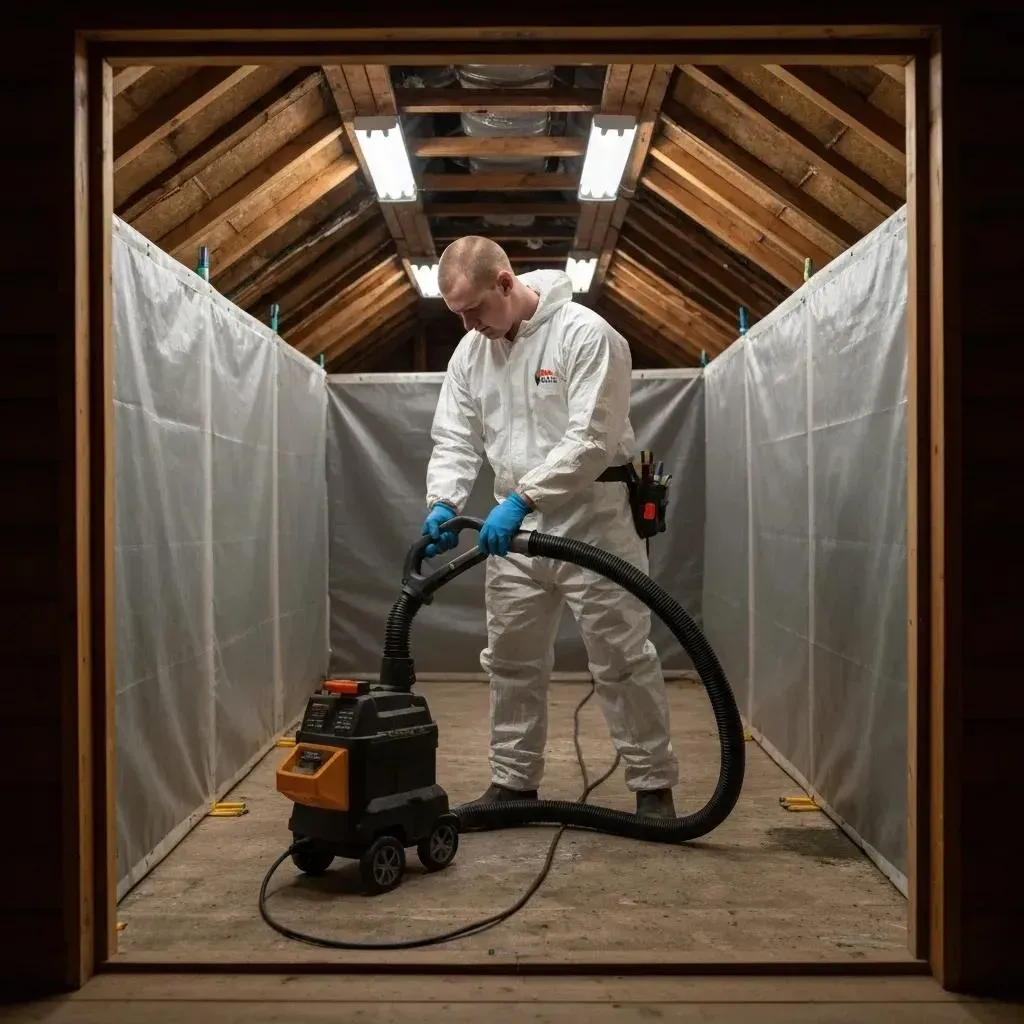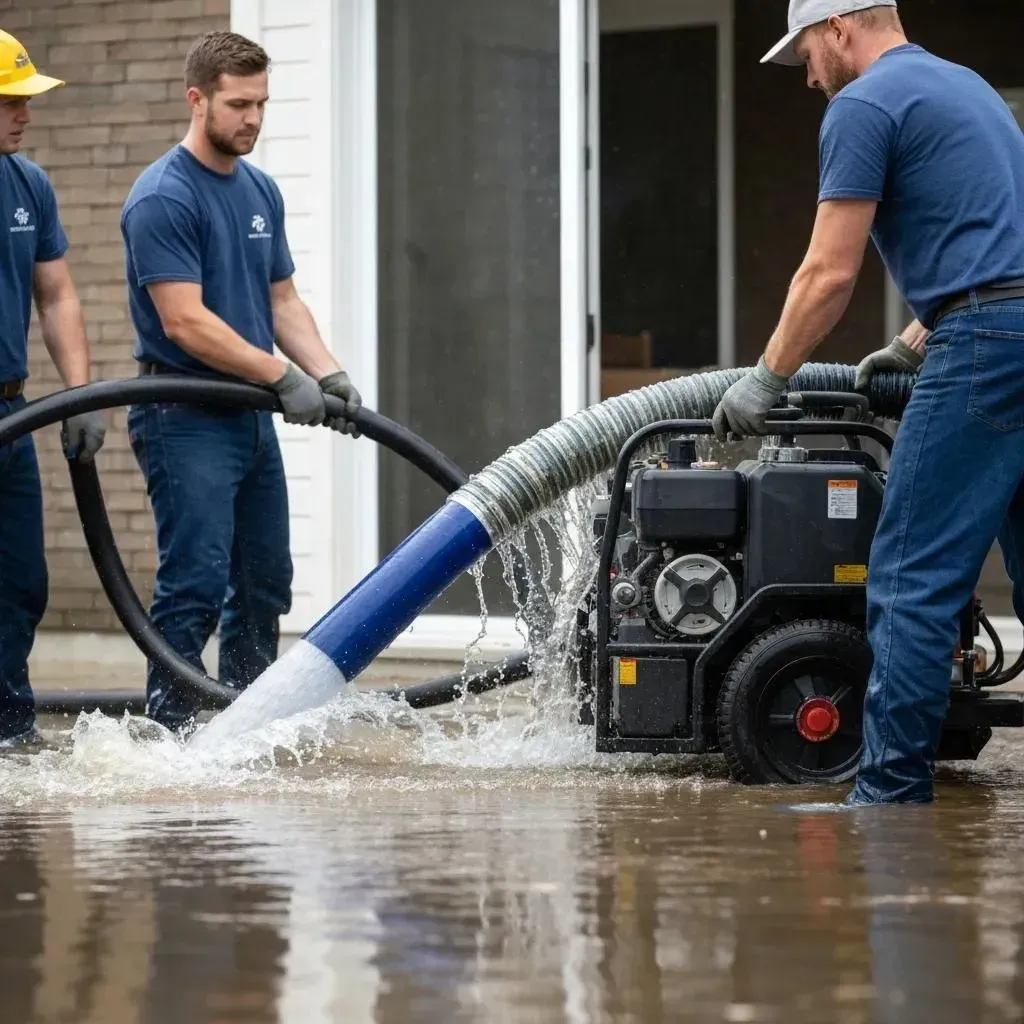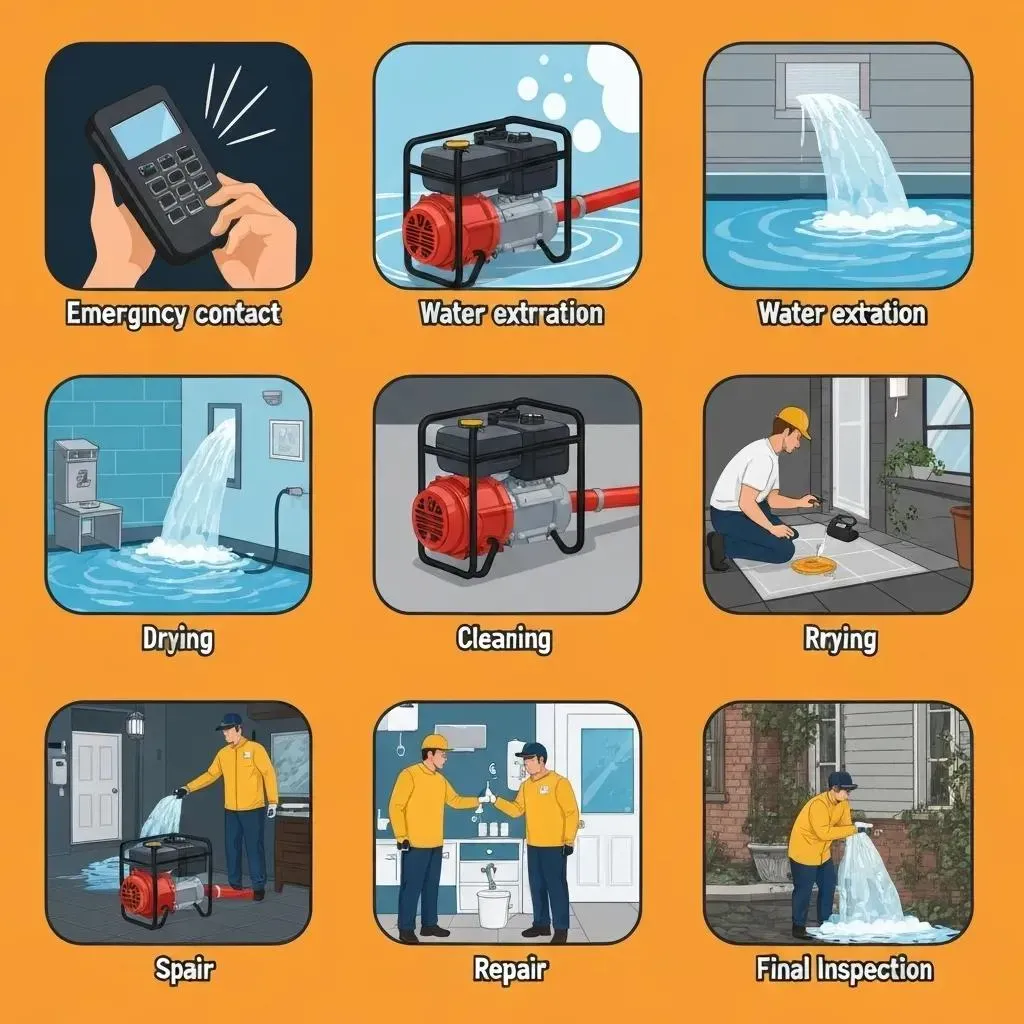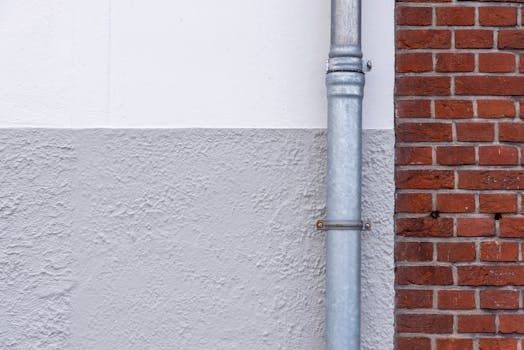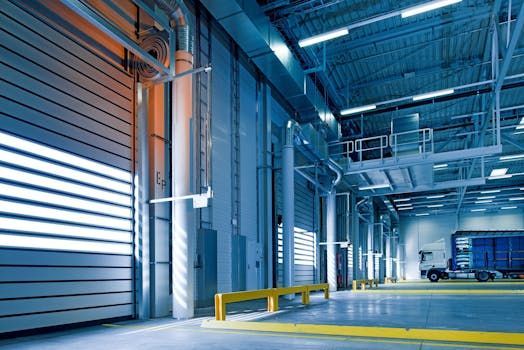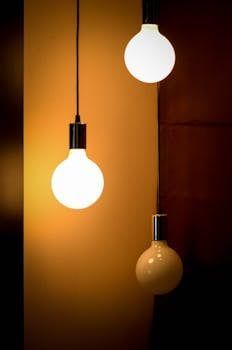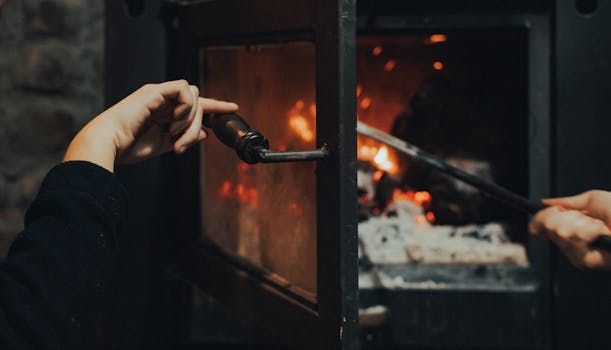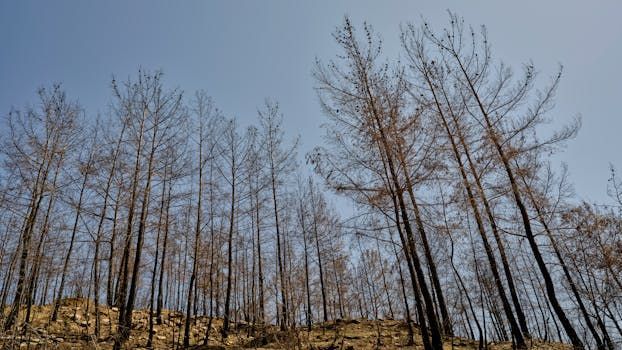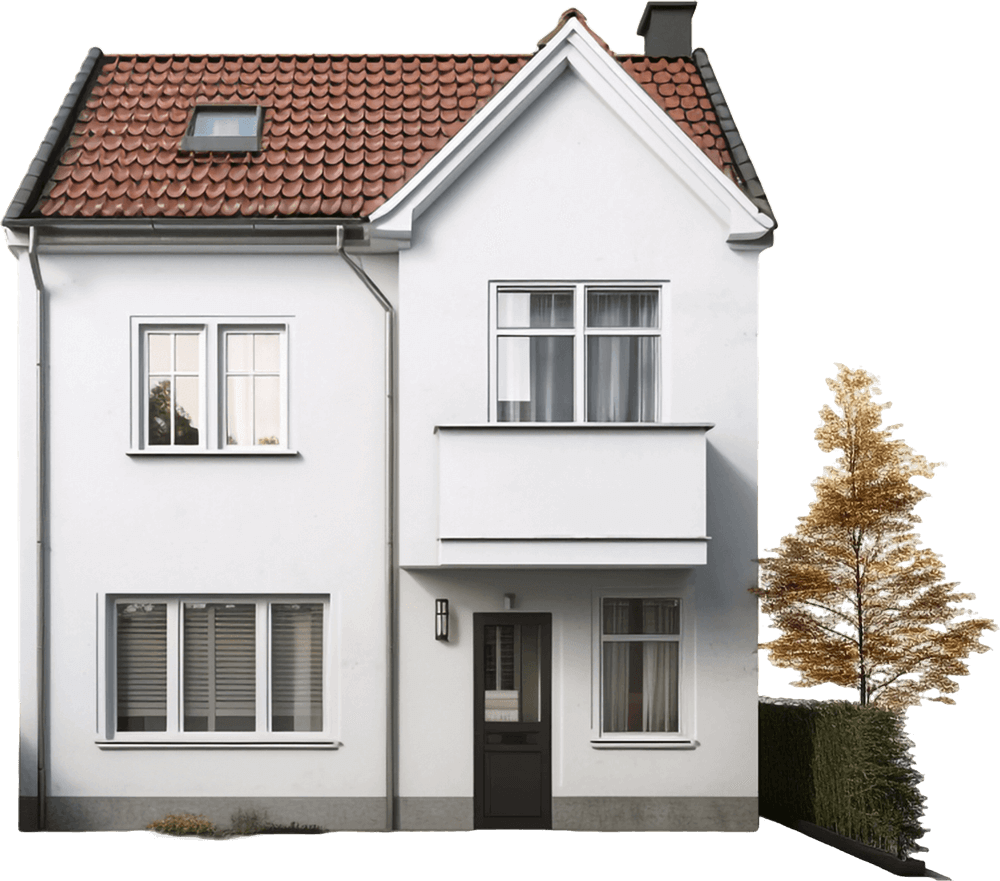Blog
Structural Drying and Dehumidification: How Buildings Really Dry for Effective Water Damage Restoration in Denver
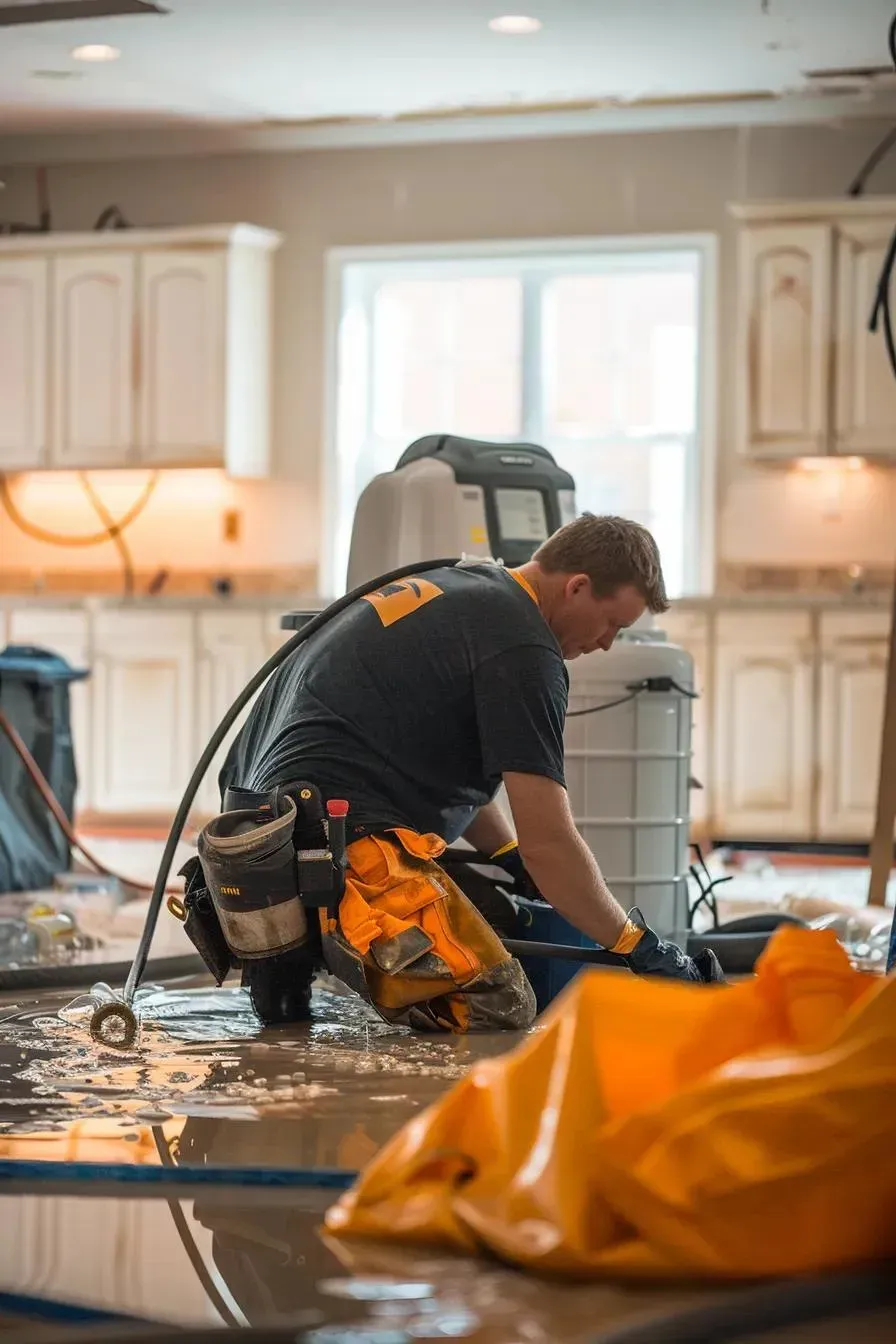
Effective water damage restoration hinges on expert structural drying and precise dehumidification to bring a building back to a safe, stable condition. By combining swift moisture extraction with controlled humidity reduction, our professional teams stop hidden water retention, prevent secondary damage, and prepare surfaces for repair. In this guide, we’ll define structural drying, explore the science behind moisture movement, detail step-by-step techniques, compare equipment options, address material-specific methods, explain mold and odor control, highlight Accountable Home Services’ Denver expertise, and summarize key homeowner concerns.
What Is Structural Drying and Why Is It Essential After Water Damage?
Structural drying is the engineered process of removing moisture from building components to restore safety, prevent deterioration, and facilitate repairs. When water infiltrates walls, floors, or ceilings, trapped moisture can warp framing, delaminate finishes, and create ideal conditions for mold growth. Effective structural drying extracts free water, draws out bound moisture from materials, and balances humidity to preserve the building's structural integrity.
How Does Structural Drying Prevent Long-Term Building Damage?
Structural drying prevents material breakdown by halting processes like wood swelling and gypsum deterioration. Rapid moisture removal stops cellulose fibers in wood from expanding and reduces chemical reactions in concrete that lead to spalling. By stabilizing building envelopes, drying safeguards load-bearing elements and finishes against cracking, rot, and potential collapse.
What Role Does Dehumidification Play in the Drying Process?
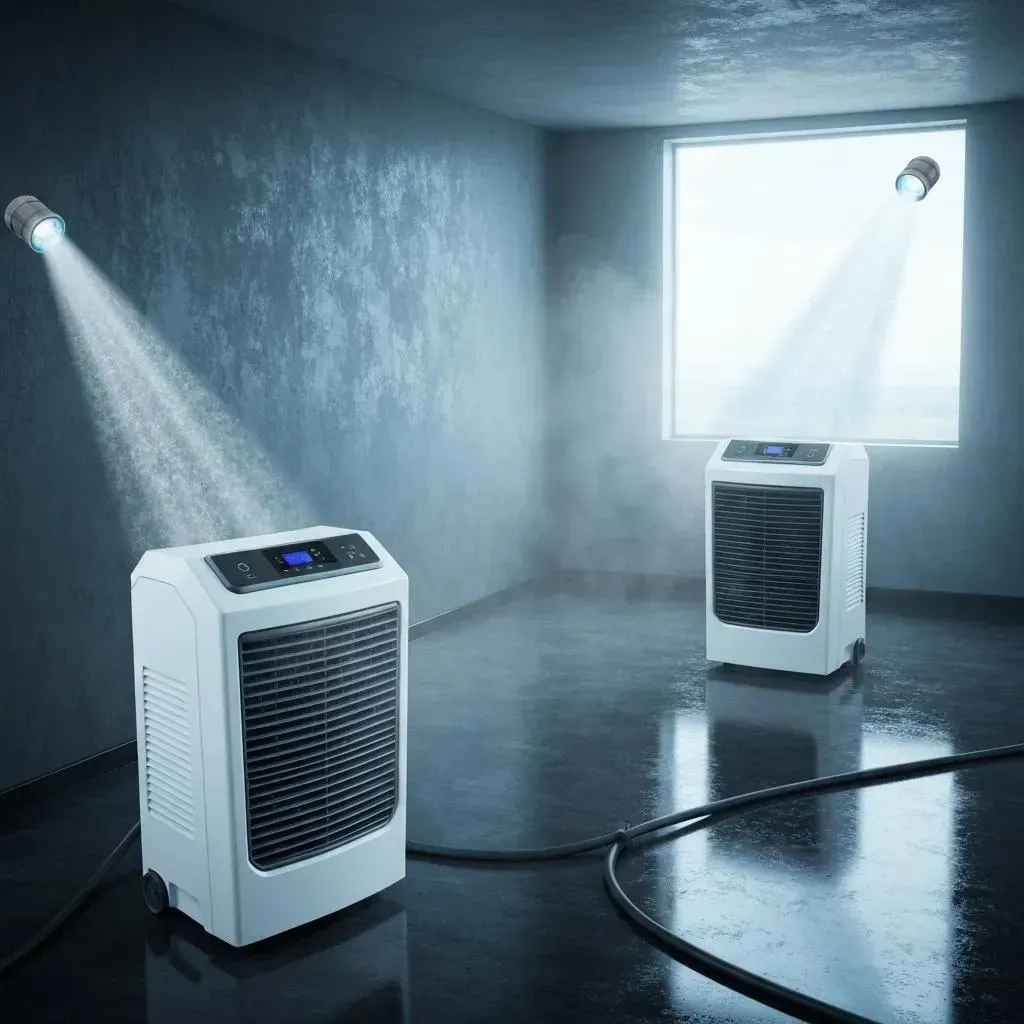
Dehumidification accelerates evaporation by maintaining a low ambient humidity level, allowing wet materials to release moisture into the air. Specialized dehumidifiers continuously remove water vapor, creating a humidity gradient that draws moisture out of drywall, insulation, and framing. This controlled environment significantly shortens drying times and ensures thorough moisture removal.
The Role of Dehumidification in Water Damage Restoration
Dehumidification is a critical step in water damage restoration, speeding up the drying process and preventing secondary issues like mold growth and structural problems. Specialized equipment extracts moisture from the air and building materials, ensuring a healthier environment.
PuroClean Emergency Recovery Services, "How Does Dehumidification Help After Water Damage?"
This source reinforces the article's emphasis on the vital role of dehumidification in the drying process.
Why Should You Choose Professional Water Damage Drying Services?
Professional structural drying services offer certified expertise, industrial-grade equipment, and adherence to industry standards that DIY or basic rental methods simply cannot match. Our trained technicians follow IICRC S500 guidelines, utilize calibrated moisture meters and thermal imaging, and adjust drying goals based on specific materials and damage severity. Reliable documentation, consistent monitoring, and detailed progress reports build trust and guarantee a complete restoration.
IICRC S500 Standard for Water Damage Restoration
The IICRC S500 is a procedural standard that provides a systematic approach to assessing, mitigating, and restoring water damage in residential and commercial properties. It serves as a comprehensive guide for water damage restoration professionals, outlining best practices and safety protocols.
Institute of Inspection, Cleaning and Restoration Certification (IICRC), ANSI/IICRC S500 Standard for Professional Water Damage Restoration - Fifth Edition: 2021
This standard is referenced throughout the article as the foundation for professional water damage restoration techniques and procedures.
How Does the Science of Drying Work? Understanding Psychrometry, Evaporation, and Moisture Movement
Drying science integrates air-water thermodynamics, material absorption properties, and vapor pressure differentials to orchestrate moisture transport. By applying psychrometric principles to manage temperature and humidity, technicians optimize evaporation rates and airflow paths, ensuring even drying across building components and preventing moisture pockets.
What Is Psychrometry and How Does It Affect Structural Drying?
Psychrometry describes how air temperature, relative humidity, and pressure collectively determine its moisture-holding capacity. Warm, dry air can absorb more water vapor, so technicians strategically use heaters and dehumidifiers to adjust psychrometric conditions. Monitoring wet-bulb and dry-bulb readings guides equipment settings to influence evaporation and achieve drying targets.
How Does Evaporation Remove Moisture from Building Materials?
Evaporation transfers liquid water from surfaces into vapor by breaking molecular bonds, a process driven by temperature and humidity differences. Air movers enhance this process by replacing saturated boundary layers of air with drier air. As bound water migrates to the surface, continuous airflow carries moisture away for dehumidification equipment to extract.
What Is Vapor Pressure and Its Impact on Drying Efficiency?
Vapor pressure is the driving force behind evaporation: materials dry faster when the difference between the internal moisture vapor pressure and the external air vapor pressure is greater. Lowering ambient humidity with dehumidifiers reduces the surrounding vapor pressure, increasing the gradient that pulls moisture from porous substrates and accelerating the drying cycle.
What Are the Step-by-Step Structural Drying Techniques Used in Water Damage Restoration?
A systematic structural drying protocol ensures consistent results and traceable progress from initial water removal through final moisture verification. Each phase targets specific moisture states and material types, adhering to IICRC benchmarks for documentation and completion.
Step 1: How Is Emergency Water Extraction Performed?
Initial water extraction removes bulk standing water using submersible pumps, wet vacuums, and high-capacity extraction units.
- Submersible pumps clear deep flooding rapidly
- Riding-on extractors manage shallow water across large areas
- Portable wet/dry vacuums access tight spaces and fixtures
Rapid extraction reduces saturation, lessening the volume dehumidification equipment must process and jump-starting evaporation dynamics.
Step 2: How Is Moisture Detection and Monitoring Conducted?
Accurate moisture mapping relies on pin and non-destructive meters, thermal imaging, and hygrometers to establish precise drying goals.
- Pin meters measure moisture content within wood and drywall
- Thermal cameras identify cold spots and hidden moisture pockets
- Digital hygrometers record ambient humidity and dew point
Continuous logging of these metrics ensures adjustments to airflow and dehumidification maintain optimal drying conditions.
Step 3: What Dehumidification and Air Movement Equipment Are Used?
Dehumidifiers and air movers work in tandem to extract vapor and expedite evaporation across surfaces.
| Equipment Type | Capacity | Application | Why Essential |
|---|---|---|---|
| LGR Dehumidifier | 70–200 pints/day | Moderate humidity control in residential and commercial spaces | Maintains low humidity efficiently with low energy consumption |
| Desiccant Dehumidifier | 100–400 pints/day | Low-temperature environments and enclosed spaces | Operates effectively at lower temperatures |
| Axial Air Mover | 1,000–3,500 CFM | Directs airflow along walls, floors, and ceilings | Creates even circulation to prevent moisture pockets |
| Centrifugal Air Mover | 1,300–5,000 CFM | High-pressure applications in large or crowded areas | Delivers targeted airflow into cavities |
Coordinated placement of this equipment balances airflow and humidity, driving moisture out of building components and into dehumidification units.
Step 4: How Is Drying Progress Monitored and When Is It Complete?
Drying progress is validated when moisture readings meet or fall below established drying goals, typically within 2%–4% of baseline moisture content. IICRC standards define acceptable thresholds for different materials. Once meters confirm equilibrium and stability over 24–48 hours, structural drying is deemed complete, and surfaces are ready for cleaning and repair.
How Are Different Building Materials Dried During Structural Drying?
Each material requires specific techniques that respect its porosity, thickness, and moisture-binding properties. Tailored strategies prevent over-drying or damage while ensuring complete moisture removal.
What Are the Best Methods for Drying Wet Drywall and Plaster?
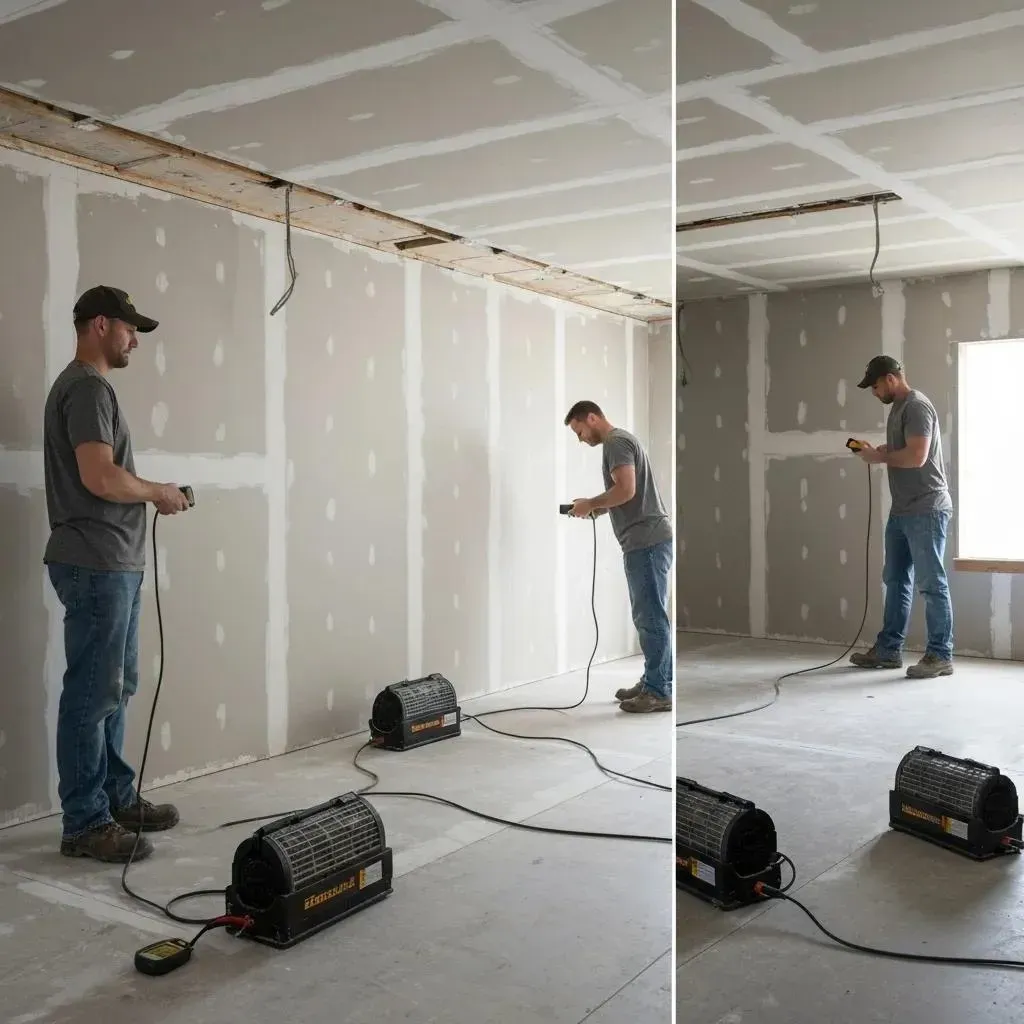
Drywall and plaster absorb water quickly but release it slowly. Initial bulk extraction is followed by high-velocity airflow directed along surfaces. After 24 hours, dehumidifiers lower ambient humidity, allowing internal moisture to migrate outward. For severe saturation, small access holes created behind panels can accelerate interior drying.
How Is Wet Wood and Flooring Restored Effectively?
Wood framing and hardwood floors require controlled drying to prevent cracks and warping. Air movers direct airflow along grain lines, while low-pressure heat pads placed under flooring gently warm planks. Moisture meters guide humidity reduction to prevent over-drying, which can cause shrinkage.
What Are the Techniques for Drying Carpet and Insulation?
Carpets can trap water within their padding, and insulation holds moisture deep within walls. Extraction wands address surface water, followed by carpet wands to lift moisture from pad layers. For insulation, controlled positive pressure within cavities pushes moist air into circulating airflow for dehumidification, preserving insulation integrity.
How Does Proper Structural Drying Prevent Mold Growth and Odor Problems?
By eliminating the moisture sources that mold spores need to germinate, structural drying effectively interrupts the mold lifecycle at its inception.
Mold Growth After Water Damage
Mold can begin to develop on surfaces within 24 to 48 hours of water exposure. Preventing mold growth is a primary objective of structural drying, which aims to eliminate the moisture sources that mold spores require to germinate.
Green Orchard Group, "How Fast Does Mold Grow After a Water Leak?"
This source underscores the rapid timeline for mold growth following water damage, emphasizing the critical need for prompt action.
What Are the Health Risks Associated with Mold After Water Damage?
Mold exposure can trigger allergic reactions, respiratory irritation, and worsen asthma symptoms. Certain species produce mycotoxins linked to headaches, fatigue, and immune suppression. Preventing mold growth is essential for maintaining healthy indoor air quality and occupant well-being.
How Does Moisture Removal Stop Mold Development?
Mold spores remain dormant when moisture levels in porous building materials are below 16%–18%. Achieving and maintaining these humidity thresholds through dehumidification and continuous airflow prevents spore germination and hyphal growth on surfaces.
What Odor Control Methods Are Used During Drying?
Odor-neutralizing strategies include activated carbon filtration, ozonation, and hydroxyl radical generators. These systems effectively break down volatile organic compounds and bio-odors, ensuring the treated environment is fresh and clean before restoration finishes.
Why Choose Accountable Home Services for Structural Drying and Dehumidification in Denver?
Accountable Home Services offers local responsiveness, IICRC-certified technicians, and a comprehensive suite of restoration solutions for Denver homeowners and property managers. Our approach combines industry best practices with community-focused service designed to minimize disruption and accelerate recovery.
Accountable Home Services: Denver's Restoration Experts
Accountable Home Services is a Denver-based company specializing in water damage restoration, fire damage restoration, and mold remediation. We provide 24/7 emergency services and employ IICRC-certified technicians to ensure properties are restored efficiently and safely.
Accountable Home Services, "Accountable Home Services: Denver's Top Remodeling Experts"
What Certifications and Standards Do Our Technicians Follow?
Our technicians strictly adhere to IICRC S500 standards for water damage restoration and hold IICRC Applied Structural Drying (ASD) credentials. Rigorous training and ongoing education ensure every drying plan meets nationally recognized benchmarks for safety and effectiveness.
How Does Our 24/7 Emergency Service Benefit Denver Homeowners?
Our rapid response teams are dispatched day or night, with trucks fully equipped for immediate water extraction and drying setup. Early intervention significantly reduces total restoration costs and prevents the escalation of damage, providing crucial peace of mind when flooding occurs.
What Comprehensive Solutions Do We Offer Beyond Drying?
Beyond structural drying, our services encompass water extraction, microbial remediation, demolition of non-salvageable materials, thorough surface cleaning, and reconstruction. Our turnkey restoration process keeps you with a single, trusted partner from mitigation to rebuild, simplifying coordination and ensuring accountability.
How Can You Get a Free Estimate for Structural Drying Services?
Contact us anytime for a complimentary, no-obligation assessment. Reach out by phone or through our website to schedule an on-site evaluation and receive a detailed report, including project scope, equipment plan, and transparent pricing.
Discover more about our complete service offerings at Accountable Home Services – Denver's Trusted Plumbing, Remodeling, and Restoration Experts.
What Are the Most Frequently Asked Questions About Structural Drying and Dehumidification?
Homeowners frequently inquire about key aspects of drying timelines, the feasibility of DIY approaches, necessary equipment, and verification of completion. Common topics include:
- Typical duration for complete structural drying in various damage scenarios
- Risks and limitations of attempting drying without professional equipment
- Essential dehumidification and airflow machinery required for thorough results
- Indicators that confirm a building is fully dry before proceeding with repairs
- The importance of psychrometry in guiding effective drying protocols
Understanding these areas empowers property owners to set realistic expectations and select the most effective solutions.
Professional structural drying and dehumidification are the cornerstones of thorough water damage restoration, safeguarding investments and indoor environments. By applying scientific principles, certified methods, and proven equipment, Accountable Home Services ensures Denver properties dry efficiently and remain healthy. Contact us for a free estimate or emergency assistance to protect your property before hidden moisture leads to costly complications.
